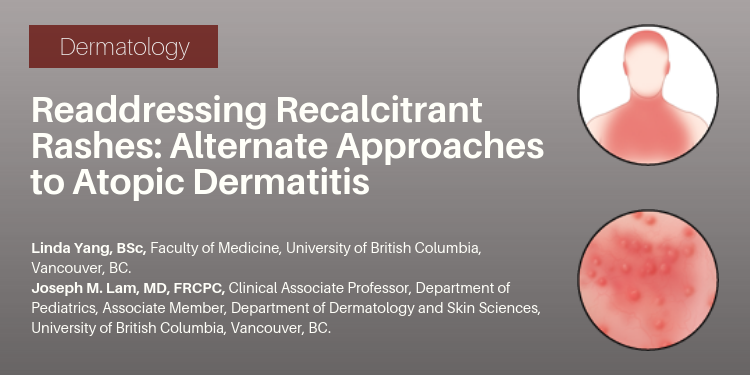In 1994, the Antithrombotic Trialists Collaboration published its first collaborative overview of randomized trials of antiplatelet therapy, demonstrating the efficacy of aspirin in the secondary prevention of myocardial infarction and stroke. Since that time, further trials have been conducted in patients having coronary artery procedures and in patients with acute stroke, stable angina, atrial fibrillation, peripheral arterial disease and diabetes mellitus. As a result, the group has recently conducted a meta-analysis of antiplatelet therapy among patients at high risk of occlusive vascular events, extending the direct evidence of benefit from antiplatelet therapy to a much wider range of patients.
The Collaborative studied randomized trials, available before 1997, in which antiplatelet regimens were compared to control, or to another antiplatelet regimen, in high-risk patients. They reviewed 287 studies involving 135,000 patients in comparisons of antiplatelet therapy versus control, and 77,000 in comparisons of different antiplatelet regimens. The main outcome measure was 'serious vascular event,' which included non-fatal myocardial infarction (MI), non-fatal stroke or vascular death.
In acute stroke patients, evidence showed that patients should start antiplatelet therapy as soon as possible after acute ischemic stroke, preferably after confirmation by computed tomography, and be continued long-term.
The best aspirin dosage? Based on this analysis, high doses of 500&endash;1500 mg/aspirin daily are no more effective than the less gastrotoxic medium (160&endash;325 mg/day) or low doses (75&endash;150 mg/day). The evidence supports daily doses of aspirin in the range of 75&endash;150 mg for the long-term prevention of serious vascular events, in high-risk patients. A loading dose of 150-300 mg can be provided if an immediate antithrombotic effect is required.
What about other antiplatelet drugs? For patients undergoing percutaneous coronary interventions, adding a short intravenous infusion of glycoprotein IIb/IIIa antagonist reduces the risk of early arterial or stent thrombosis, a benefit that may be maintained for at least six months. The addition of dipyridamole to aspirin has not been clearly shown to produce additional reductions in serious vascular events, but may further reduce the risk for stroke. Studies are ongoing.
Clopidogrel and ticlopidine act by blocking ADP activation of platelets and may be complementary to aspirin in their antiplatelet effects. Promising results have been found in a large trial assessing the effects of adding clopidogrel to aspirin for patients with unstable angina, and a study of acute MI patients is ongoing. For patients who have a definite contraindication to aspirin therapy, clopidogrel might be an appropriate alternative.
Among individuals at high risk of occlusive vascular disease, the proportional risk reductions with antiplatelet therapy are roughly similar in most categories of patients, although smaller in acute stroke. Unless some definite contraindications exist, antiplatelet therapy should be considered routinely for all patients whose medical history implies a significant risk of occlusive vascular disease, and should be continued for as long as the risk remains high.
Source
- Antithrombotic Trialists' Collaboration. Collaborative meta-analysis of randomised trials of antiplatelet therapy for prevention of death, myocardial infarction, and stroke in high risk patients. BMJ; 2002:71-86.

